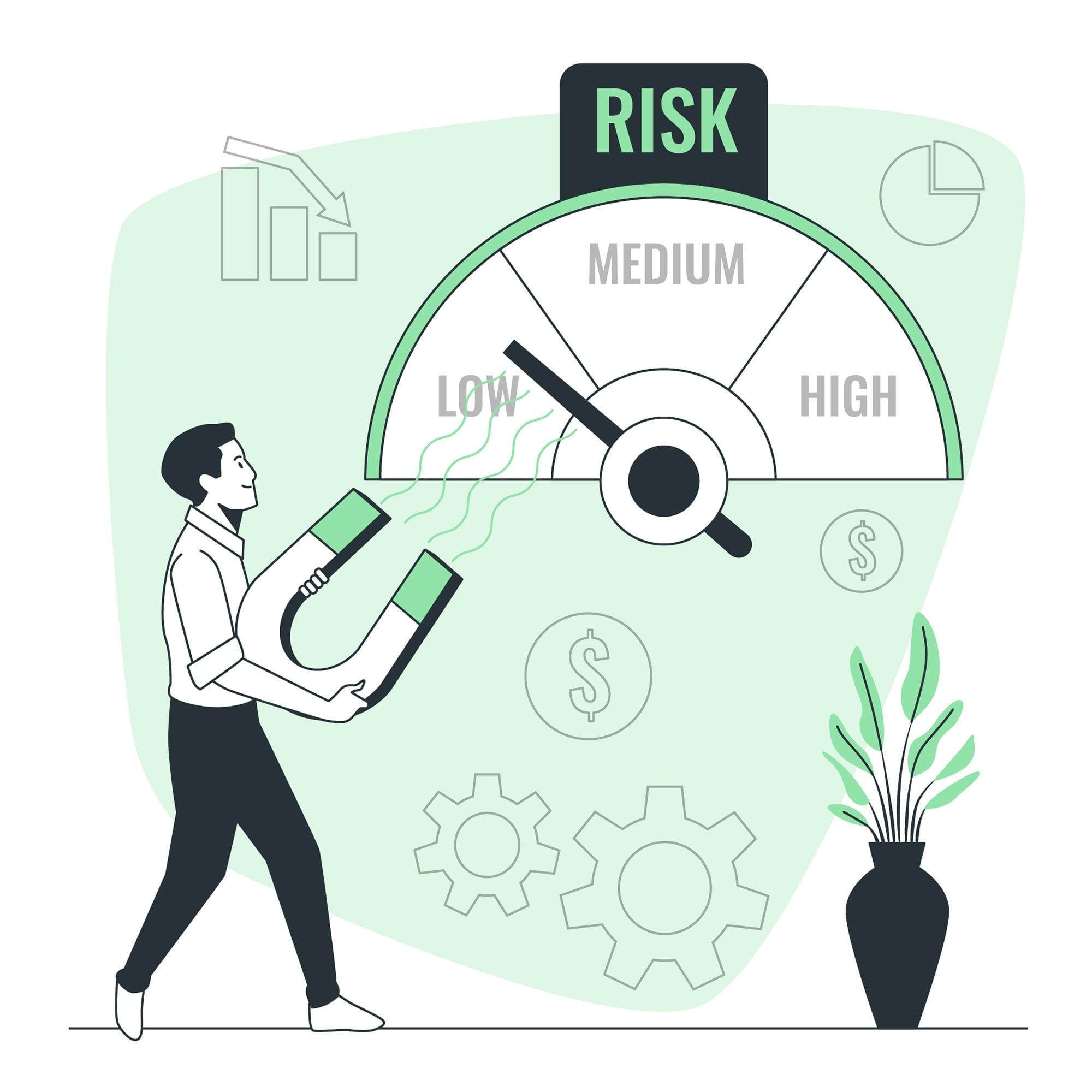Project monitoring and control are fundamental to the success of any project. These processes involve tracking project performance, identifying deviations from the project plan, taking corrective actions, and managing project risks. Here’s a detailed explanation of their importance with examples:
Importance of Project Monitoring and Control
1. Identifying Deviations:
Effective monitoring allows project managers to compare actual project performance to the planned performance. This helps in identifying deviations from the project plan in terms of scope, schedule, budget, and quality.

2. Taking Corrective Actions:
Once deviations are identified, the project manager can take timely corrective actions. This may involve adjusting the project schedule, allocating additional resources, or changing project strategies to get the project back on track.

3. Risk Management:
Monitoring and control processes include assessing and managing project risks. By continuously evaluating risks, the project manager can implement risk response plans and mitigate potential issues.

4. Quality Assurance:
Monitoring ensures that project deliverables meet the specified quality standards. By assessing quality at every stage, project managers can prevent defects and rework, which can be costly and time-consuming.

5. Communication and Transparency:
Regular monitoring and reporting keep stakeholders informed about project progress and challenges. This transparency builds trust and allows stakeholders to make informed decisions.

6. Cost Control:
Monitoring project expenditures and comparing them to the budget allows for effective cost control. It helps prevent cost overruns and ensures that project resources are used efficiently.

7. Scope Management:
Monitoring helps in controlling project scope by ensuring that only approved changes are implemented. This prevents scope creep, which can lead to project delays and budget overruns.

Examples of Project Monitoring and Control
Imagine a construction project to build a new office complex. Here’s how monitoring and control play out:
Identifying Deviation: During the project, the project manager compares the actual construction progress to the planned schedule. It’s identified that the construction of the foundation is taking longer than expected due to unexpected soil conditions.
Taking Corrective Action: To address the delay in foundation work, the project manager reallocates additional resources and adjusts the schedule to mitigate the impact on the overall project timeline.
Risk Management: Continuous monitoring reveals that there’s a risk of severe weather that could further delay construction. The project manager develops a risk response plan that includes contingency measures in case of adverse weather conditions.
Quality Assurance: Regular inspections are conducted to ensure that the construction work meets quality standards. Any deviations or defects are addressed promptly to maintain quality.
Communication and Transparency: Weekly progress reports are shared with the client, detailing construction milestones achieved, any issues encountered, and the steps being taken to address them.
Cost Control: The project manager closely monitors construction costs, ensuring that expenses stay within the approved budget. Any cost overruns are investigated and addressed promptly.
Scope Management: When the client requests a change in the building’s exterior design, the project manager follows a formal change request process to evaluate the impact on scope, schedule, and budget before approval.
In summary, project monitoring and control are essential for ensuring that projects stay on track, deviations are addressed promptly, risks are managed effectively, and stakeholders are kept informed. By implementing these processes, project managers increase the likelihood of project success and minimize the impact of unexpected challenges.






